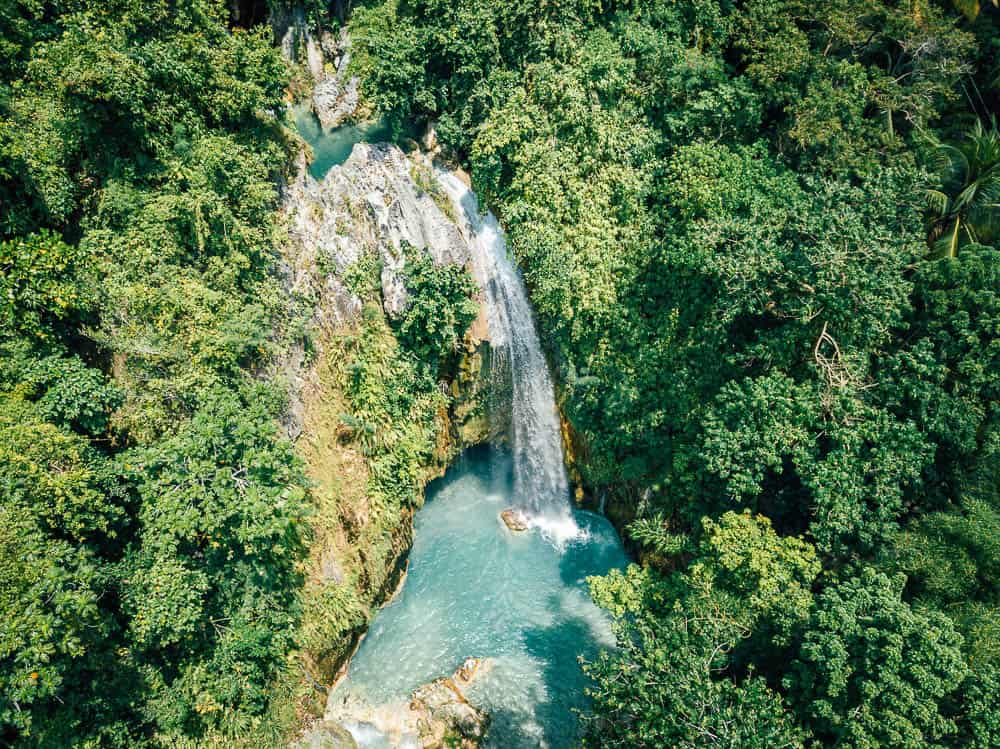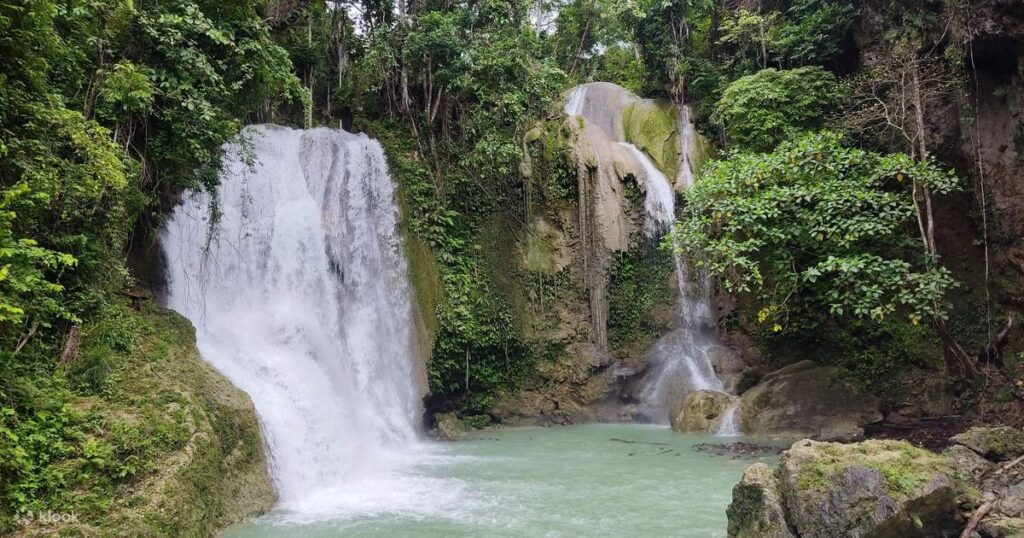Tucked within the emerald folds of the Philippine rainforests are some of nature’s best-kept secrets—hidden waterfalls that defy postcards and expectations alike. While the Philippines is known globally for its pristine beaches and turquoise seas, its inland wonders remain vastly underappreciated. From the moss-covered trails of Luzon to the lush, steamy jungles of Mindanao, these waterfalls are not just destinations—they are discoveries, moments of awe tucked deep within nature’s green heart.
A Land Shaped by Water

The Philippines is an archipelago of over 7,000 islands, many of which are mountainous and forested. These landscapes are shaped by volcanic activity, monsoons, and a web of rivers that twist and tumble through valleys and cliffs. Naturally, waterfalls abound—some towering and thunderous, others gentle and whispering, cascading down stone like silver threads.
Yet many remain hidden, not because they are small or unimpressive, but because they are tucked away from roads and crowds. To reach them often means trekking through dense rainforest, crossing rivers, and listening carefully—for the distant murmur of water that leads the way.
Tucked Away in Luzon: Ditumabo Falls
Dubbed the “Mother Falls,” Ditumabo Falls in Aurora province is one of Luzon’s most captivating natural sights. The hike to reach it is a gentle adventure, a 45-minute walk through rivers, bamboo bridges, and tree-lined paths. The roar of the waterfall grows louder with each step, until finally, it bursts into view—a 140-foot cascade pounding into a wide, chilly pool.
What makes Ditumabo special isn’t just its size, but the feeling of arrival. Surrounded by rainforest, mist clinging to leaves, the air thick with petrichor, you realize this isn’t a tourist site—it’s a sacred space carved by time and water.
The Secret of Limunsudan Falls

Over in Mindanao lies one of the tallest waterfalls in the country: Limunsudan Falls, located near Iligan City. It’s a two-tiered marvel, dropping nearly 870 feet in a misty plume. But this beauty is notoriously hard to reach. The falls are remote, and access often requires permits, a local guide, and a multi-hour journey through forested terrain.
That difficulty has preserved its mystery. Few have seen Limunsudan up close, making it one of the last true hidden gems. Its isolation also speaks to a larger theme in the Philippines—the tension between accessibility and conservation. The harder it is to get there, the more pristine the place tends to be.
Into the Heart of Samar: Tarangban Falls

Samar Island is a paradise for the waterfall-chaser. Largely undeveloped and covered in thick rainforest, it’s home to dozens of cascades, each with its own character. Tarangban Falls, near Calbayog City, is among the most enchanting.
Unlike the vertical plunge of Ditumabo, Tarangban flows over a series of rock terraces, creating a curtain of water that glimmers in the sun. Getting there means navigating jungle trails and listening for the subtle shift in sound that water makes when it plays on stone. The reward? A multi-tiered cascade that looks like something from a dream.
More Than Just a View
Visiting a hidden waterfall is more than just sightseeing—it’s a full sensory experience. The trek through rainforest sharpens your senses. You learn to distinguish the call of a hornbill from the rustle of monkeys. You smell the sweet rot of fruit on the forest floor and the sharp, clean scent of water crashing onto rock.
And then there’s the moment when you finally arrive. The falls appear like an apparition—sudden, vast, and impossibly real. The air changes. The temperature drops. The sound drowns out everything else. You stand, awestruck, heart thudding, as if you’ve stepped into a secret that the Earth has kept just for you.
Guardians of Nature
But these places are not untouched. Deforestation, mining, and climate change threaten many of the watersheds that feed these waterfalls. Illegal logging in some areas leads to erosion and reduced flow. Tourism, when unregulated, leaves behind waste and disrupts ecosystems.
Thankfully, many local communities are stepping in as stewards. In places like Mindoro and Palawan, indigenous groups are combining traditional knowledge with modern conservation strategies. Some waterfalls, such as those in Mt. Isarog Natural Park, are now managed by community-based ecotourism cooperatives. Visitors not only experience the beauty but support the livelihoods and preservation efforts of those who call the rainforest home.
Why We Seek These Places
Why chase hidden waterfalls? Perhaps because they remind us of what the world was like before it was gridded and mapped. They represent the untamed, the unpredictable. In a world where much of our time is spent on screens, these places demand presence. You cannot rush a waterfall. You have to listen, wait, feel your way through the forest.
They also offer something rare: perspective. In front of a towering cascade, your worries shrink. The sound drowns out inner noise. For a moment, you belong not to deadlines or devices, but to the rhythm of nature.
Final Thoughts
The hidden waterfalls of the Philippine rainforests are more than scenic treasures—they are living reminders of the country’s ecological richness and cultural heritage. They urge us to slow down, tread lightly, and rediscover the wonder of the wild. As more people seek sustainable, meaningful travel experiences, these waterfalls stand as both destination and metaphor: proof that sometimes, the most powerful journeys are the ones that take us deep into nature—and even deeper into ourselves.
